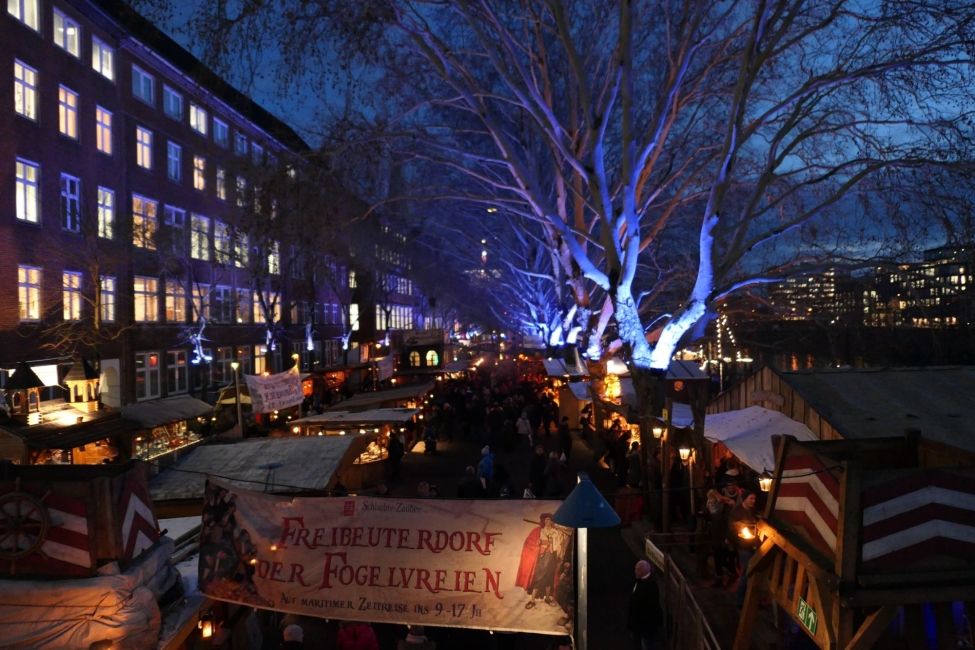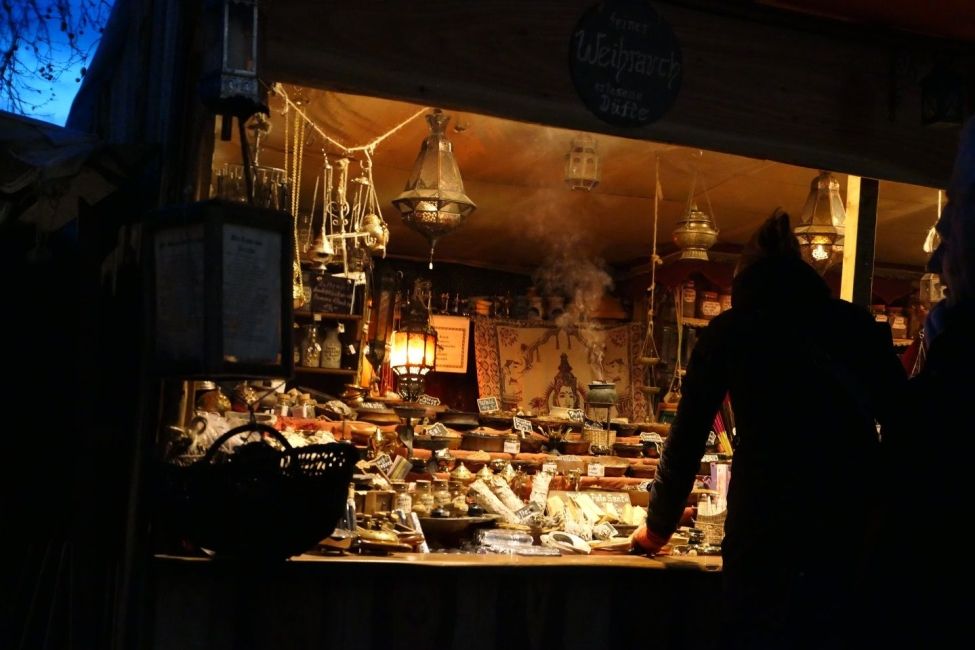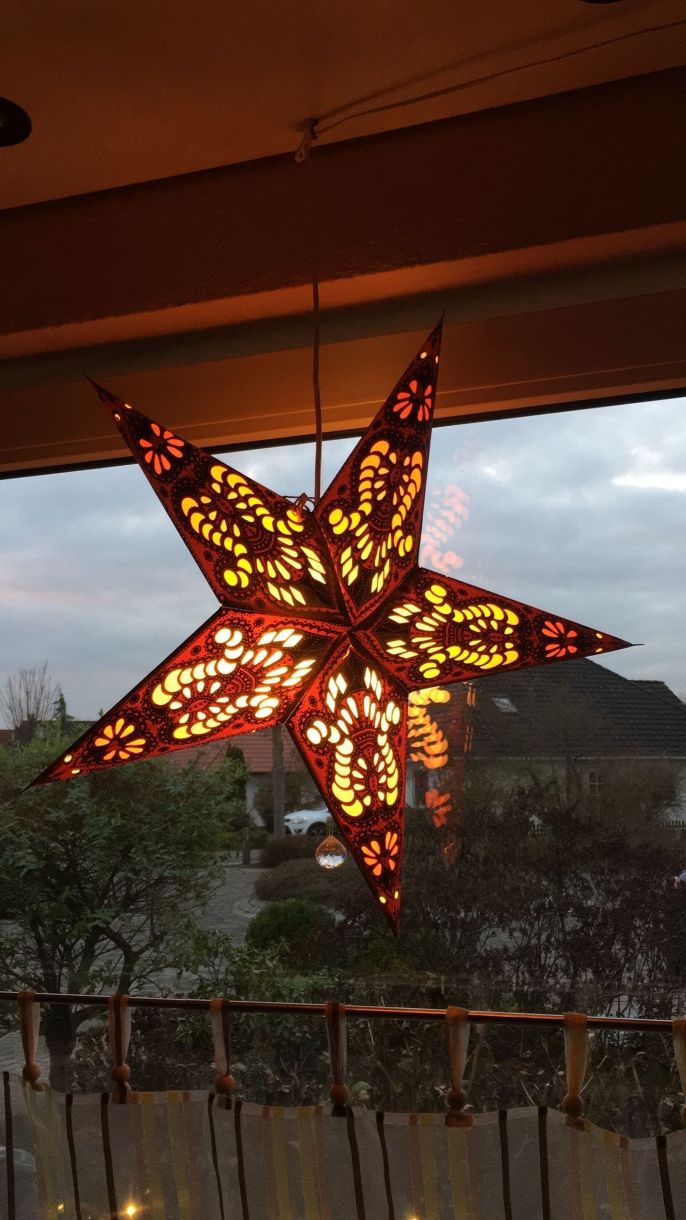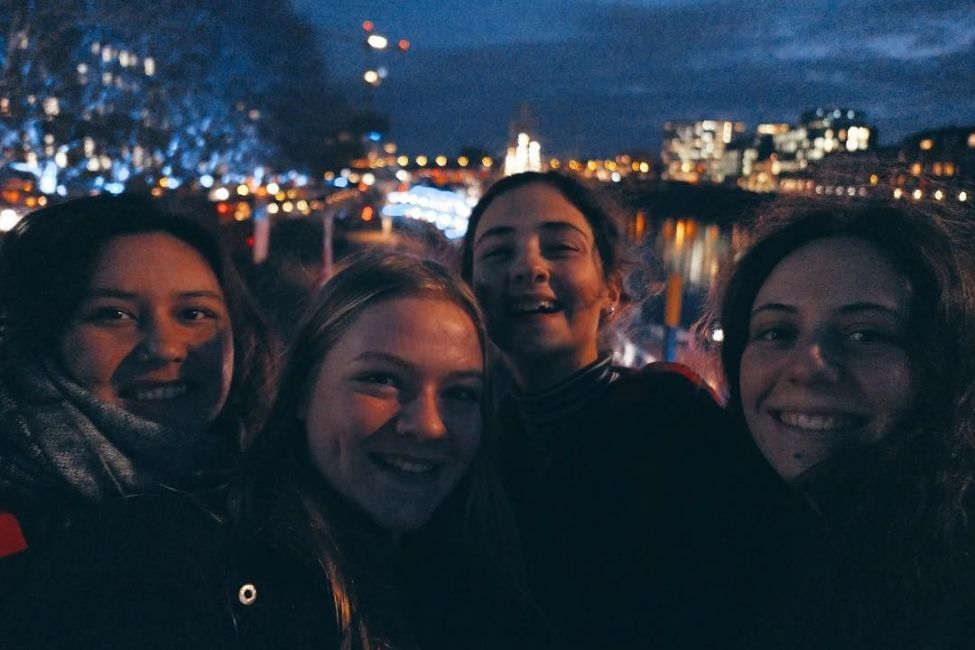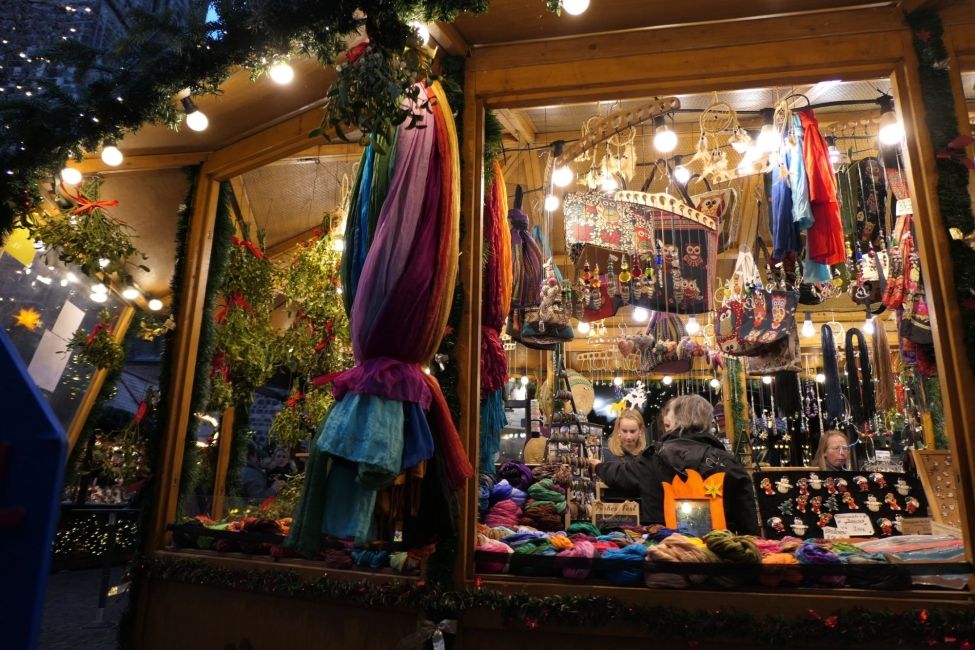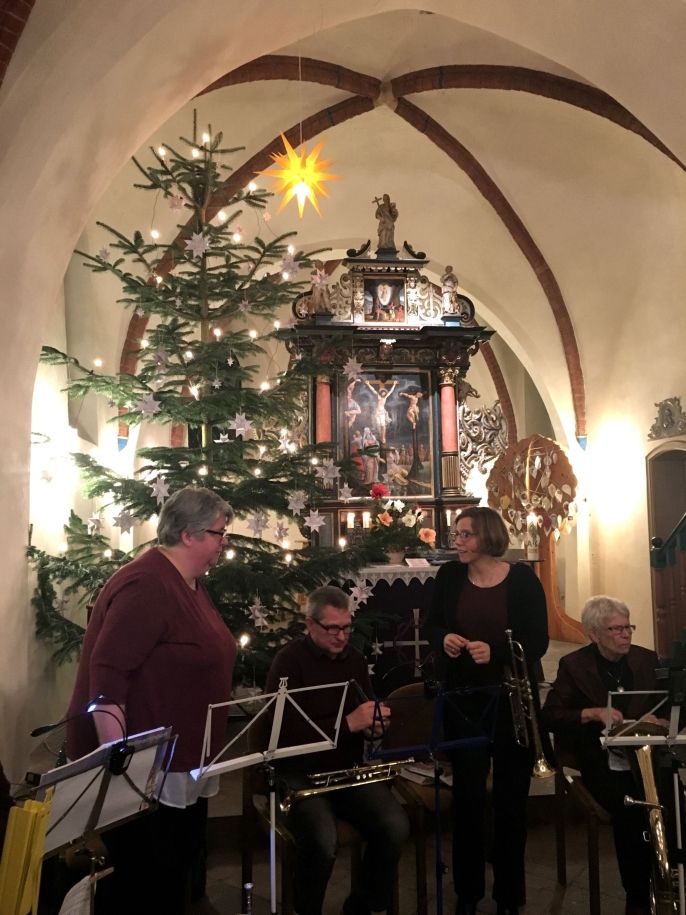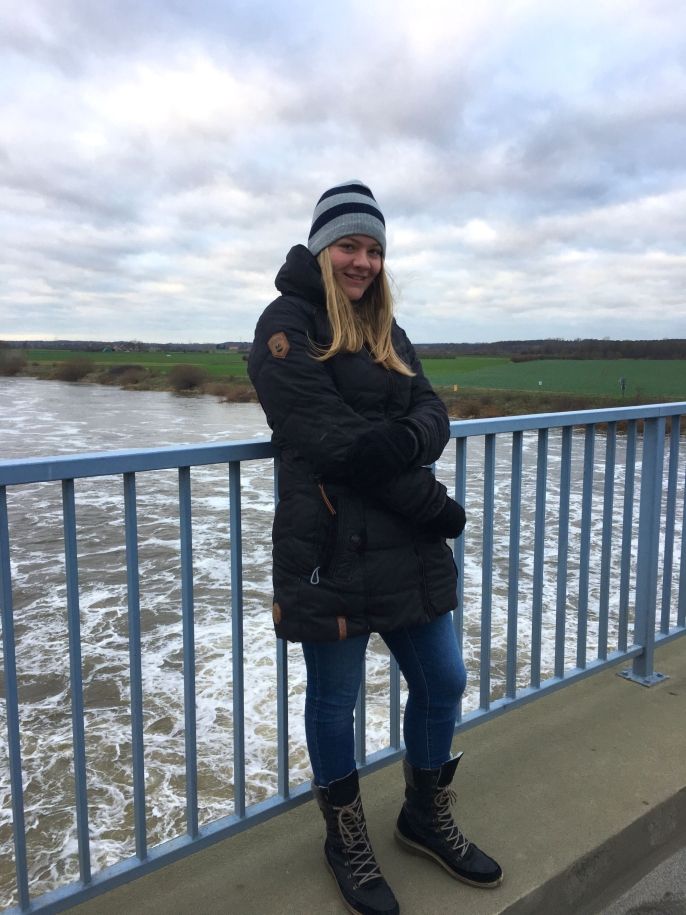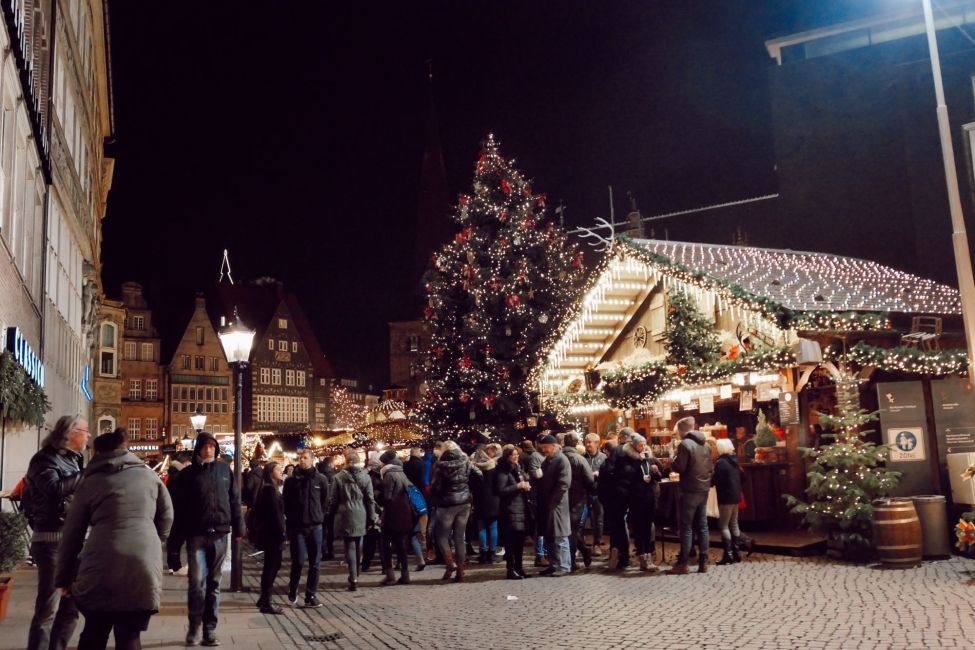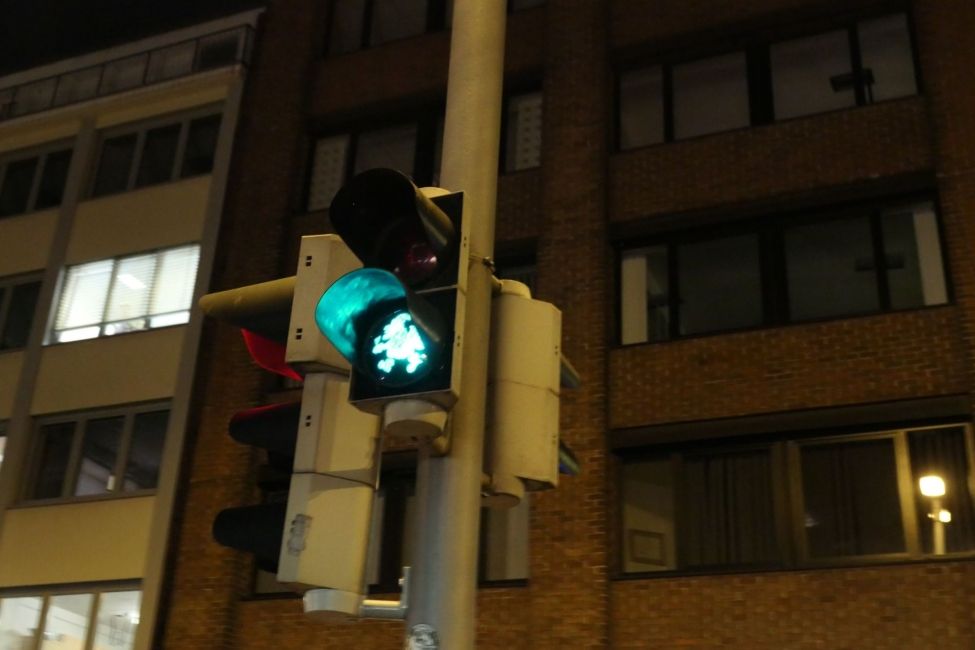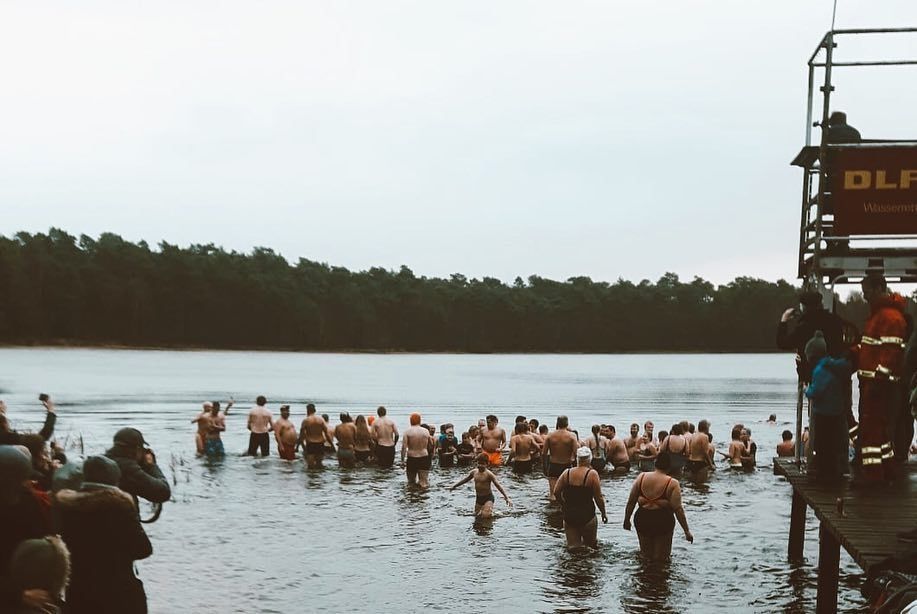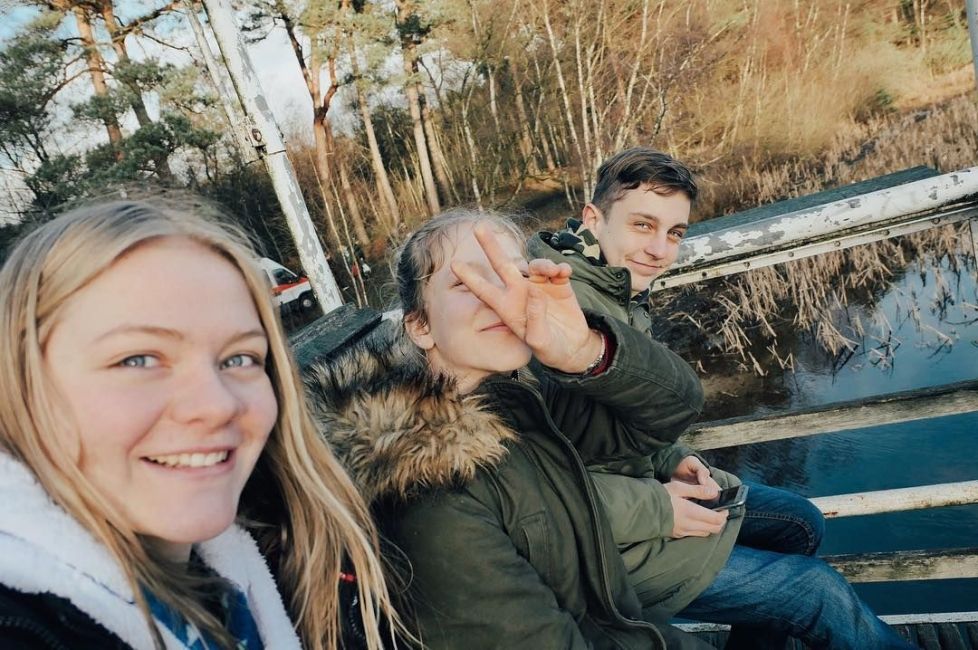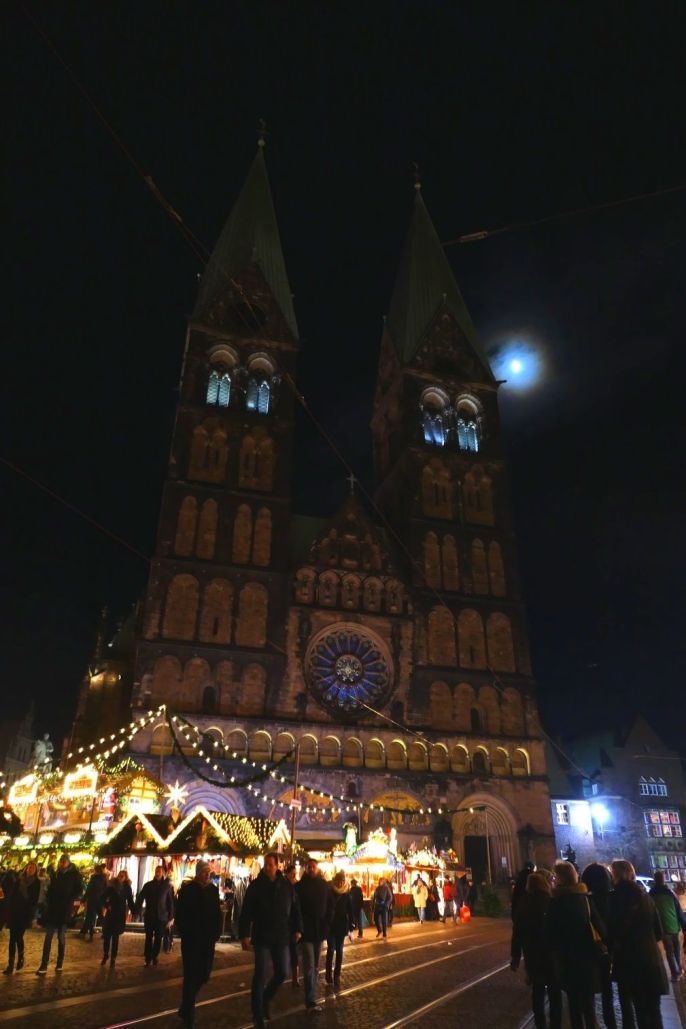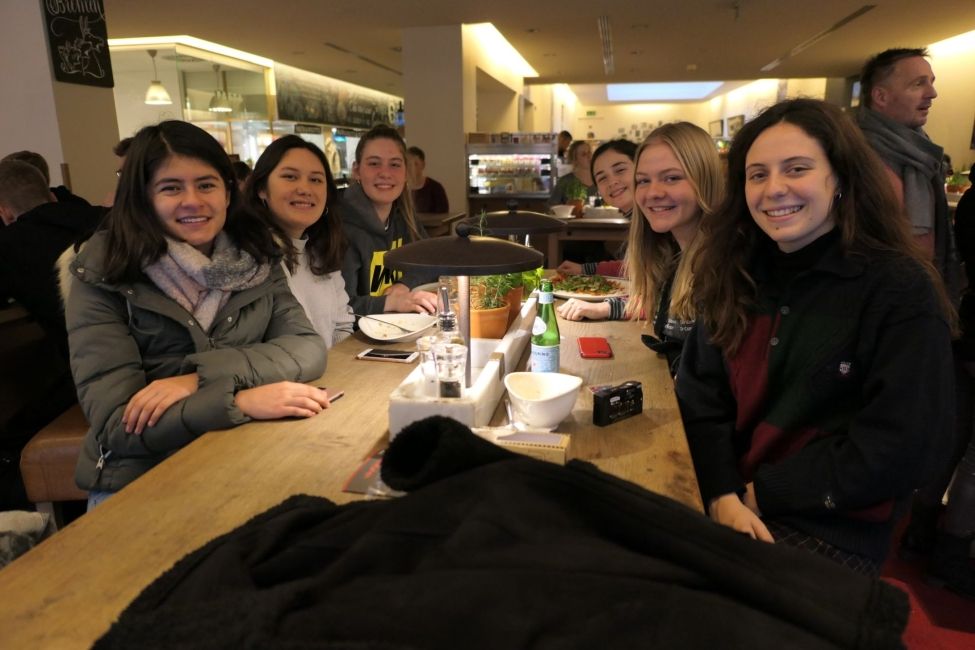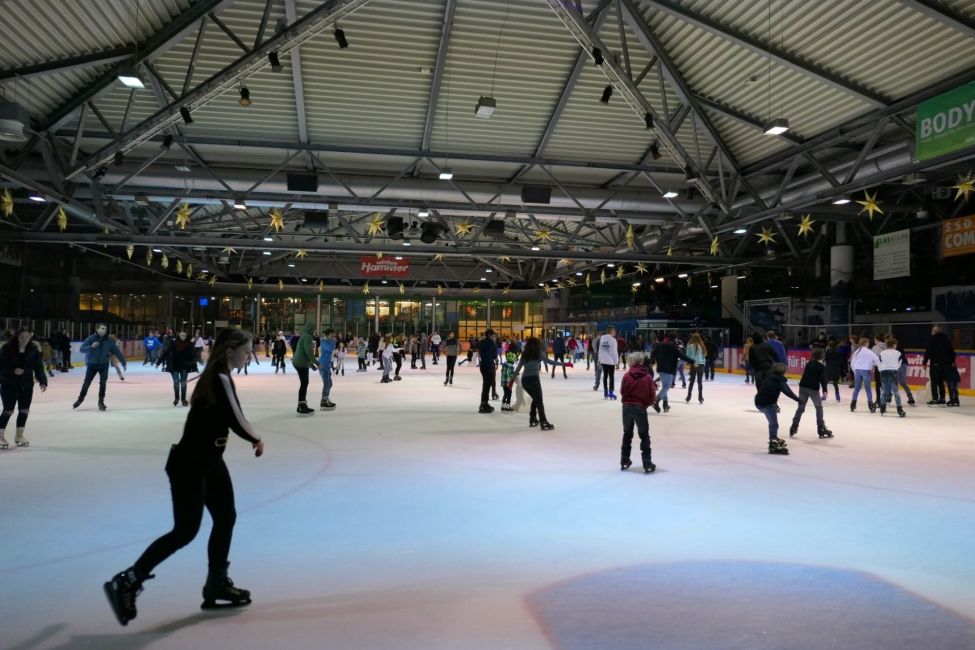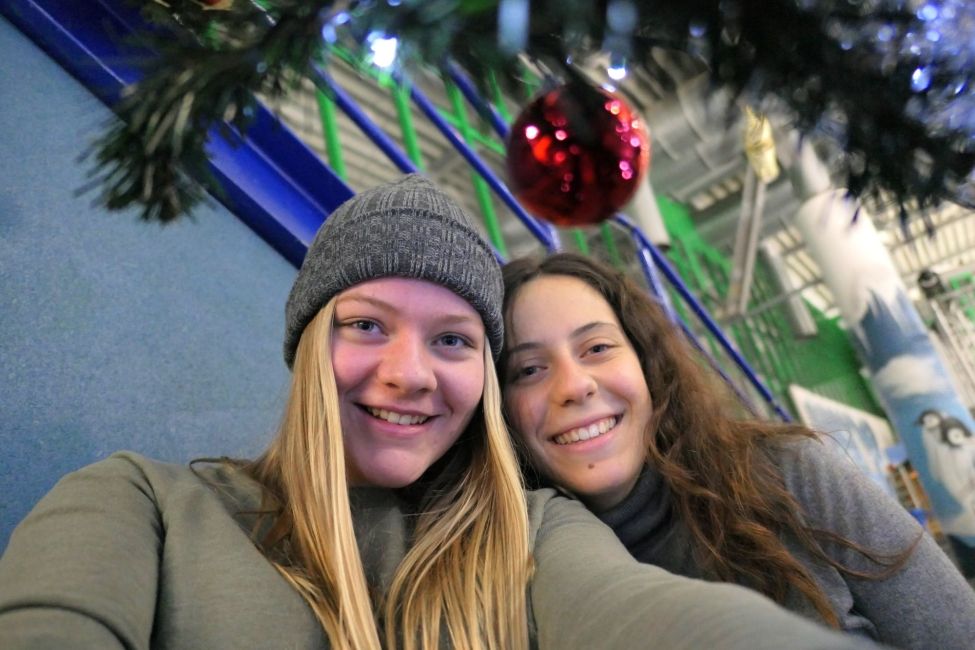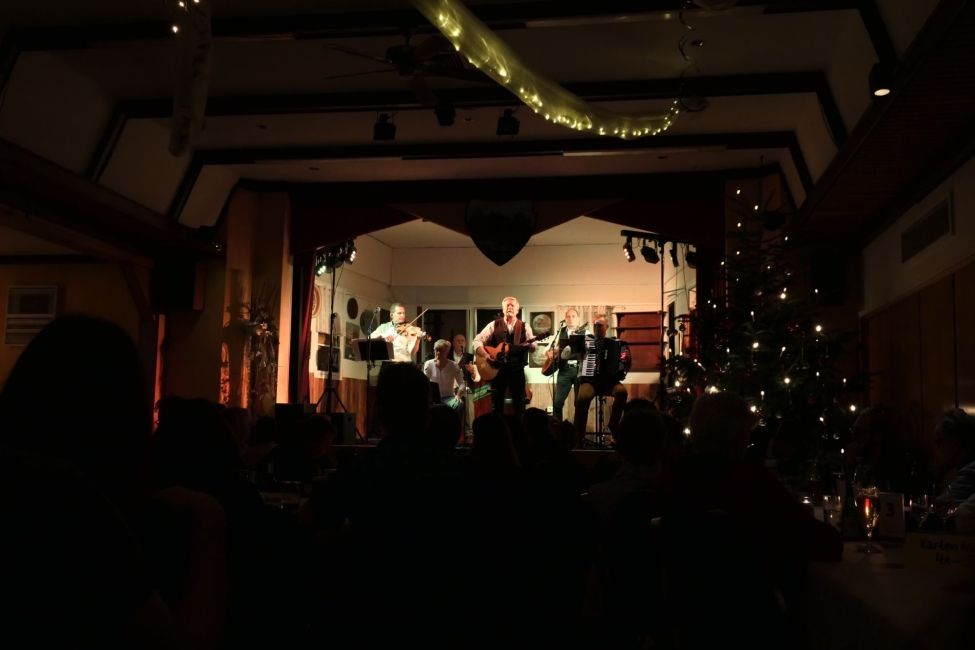The Holidays in Germany
Have you ever been to the home decoration section of a store around Christmastime, and among the glittering red, silver, and green ornaments discovered… a pickle?
So the story goes, in Germany, the pickle is a symbol of good luck and fortune for the year to come. It is hung on the tree on Christmas Eve, and on Christmas morning, the first child to locate the pickle is rewarded with an extra gift from Saint Nicholas.
However, if you were to spend Christmas with a German host family, you would notice the lack of any such vegetable-shaped ornaments... and upon asking your host family about this well-known German tradition, they would become visibly confused, and ask you what on earth you were talking about.
The Weihnachtsgurke is, unfortunately, not German in origin. Sometime around the 1890s, the Woolworth retail company began to sell fruit- and vegetable-shaped ornaments. Most likely, they were the ones to come up with the Christmas Pickle story in order to sell more pickle ornaments. Other, more romantic explanations include a story about a Bavarian at Camp Sumpter during the American Civil war who begged a prison guard for one last pickle before he died of starvation, and upon receiving and consuming said pickle, miraculously recovered and escaped back to Germany with his life. The other story details the unfortunate series of events that lead to two Spanish boys being murdered by an evil innkeeper, their bodies hidden away in a pickle barrel. Fortunately, Saint Nicholas, the man himself, stops at the inn that very evening, discovers the boys in the pickle barrel, and brings them back to life.
Whatever the true origin, most Germans have never heard of the Weihnachtsgurke, and though it took me some time to get over this tragic revelation, I found that Germany’s genuine Christmas traditions make up for it.
Weihnachtsmärkte (Christmas Markets)
The Christmas market is a German tradition that dates back to the Middle Ages. Customarily set up in the town square, a market is comprised of open-air stalls where one can buy handmade gifts, Christmas decorations, and, of course, food! Bratwurst, pretzels, Glühwein (mulled wine), Lebkuchen (gingerbread), Flammkuchen (German pizza), roasted nuts, and Schmalzkuchen with Puderzucker (mini fried cakes with powdered sugar) are only a few of the available menu items. There’s also Knipp, which is tasty, but it’s probably best not to know the ingredients before you eat it (at least that’s what my host dad said when he asked me if I wanted to try some and I asked what it was.) It’s a kind of sausage that’s served warm with or on bread, and also usually a pickle. Though sadly not a particularly lucky one.
Most larger towns will have a Christmas market open for the whole month of December, and the smaller towns usually set one up for a weekend only. My school in Verden is only a couple minutes walk away from the town square, so I’d sometimes head over there during breaks for a change of scenery or to get a bite to eat with my friends.
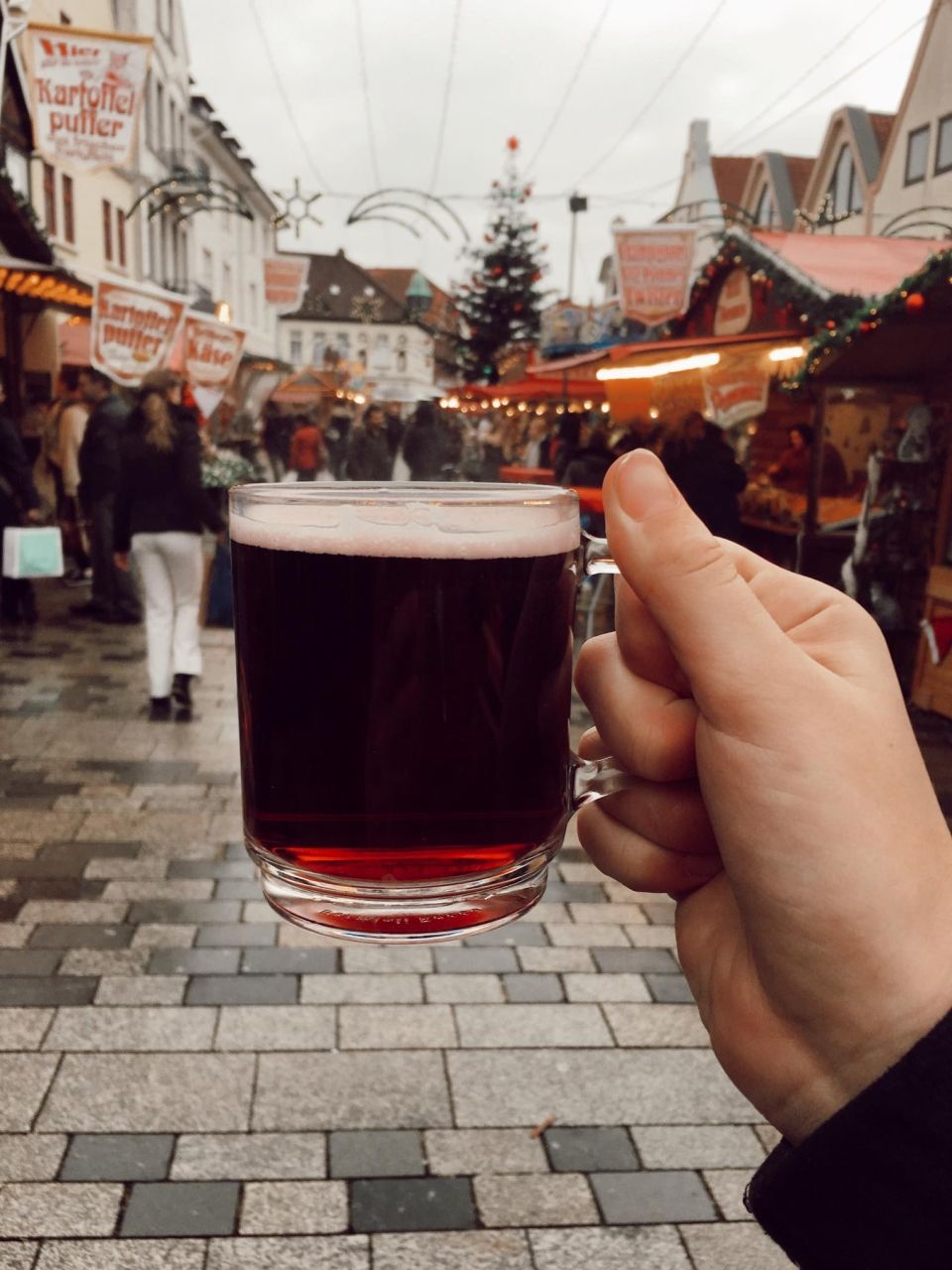
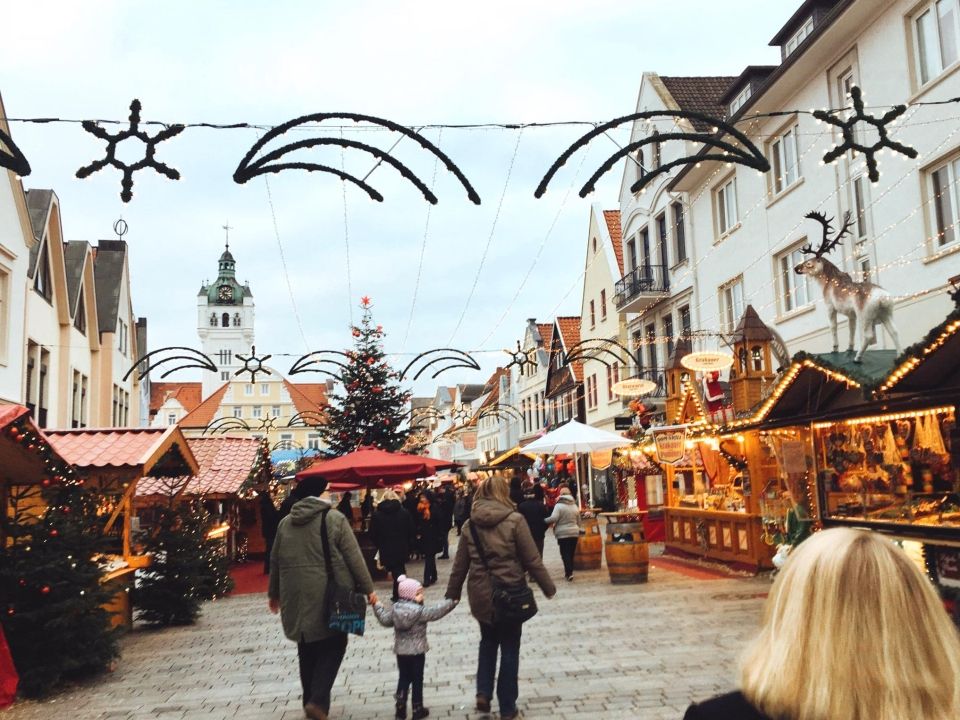
My favorite Christmas market that I visited would have to be the one in Bremen. It’s actually two— the main market is set up in the area of the town square near the Roland statue and the cathedral, and the second one is a Mittelaltermarkt (middle ages market) set up along the River Weser.
Bremen’s tourism website describes it better than I can:
“Make your way past the defense towers, behind the impressive wooden palisades to find yourself transported straight back to the Middle Ages. A bustling village scene is brought to life by the Fogelvrei performing group, with spice merchants' stores filling the air with a heady blend of frankincense and oriental spices, mingling with tempting aromas of roasting meat. The pounding of the blacksmith's hammer rings out loudly, as other craft workers, from potters to felt makers and turners, go diligently about their tasks. Visitors can sip mead, fruit wine or even a love philtre in the taverns and listen to the minstrel's songs, accompanied by the atmospheric creaking of the wooden boards of historic ships on the river. Industrious craft workers, grumbling innkeepers, jugglers and minstrels... A glimpse into the city's past, back to the days when cogs laden with precious cargo used to dock in the Hanseatic city.”
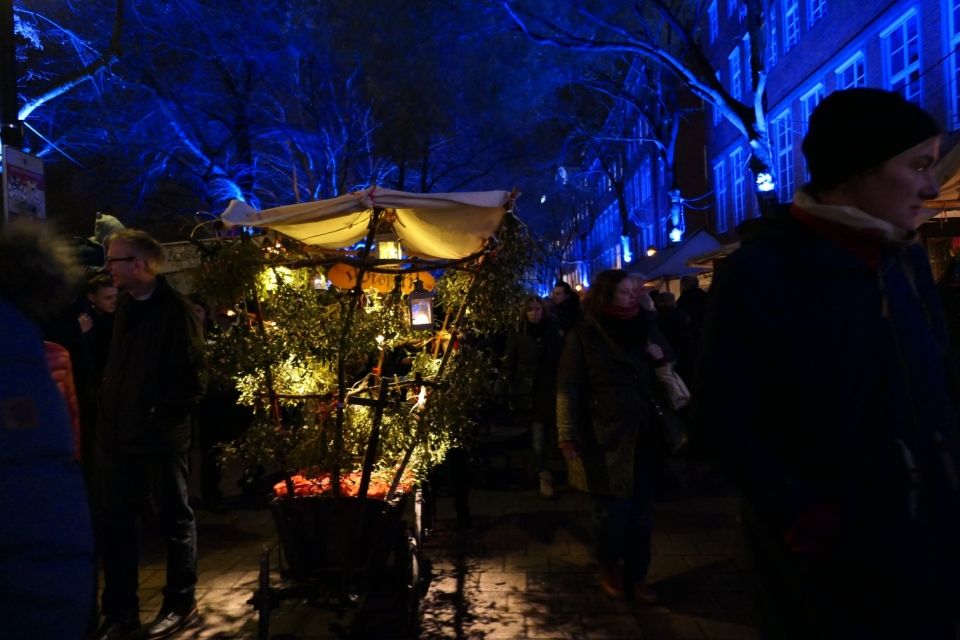
It was nothing less than enchanting. I spent a couple of hours there with some friends, and when they had to leave early to catch a train, I stayed and wandered, enjoying the ambiance and collecting Christmas gifts to send to my family and friends back in Florida.
Nikolaus, der Weihnachtsmann, und das Christkind (Saint Nicholas, Santa Clause, and the Christ Child)
In Germany and the United States alike, Christmas is a holiday that celebrates the birth of Jesus. And while both Germany and the United States alike celebrate the holiday season with gift-giving, this topic is where you could conceivably begin to wonder if German Santa doesn’t have split personality disorder.
In the United States, Saint Nicholas and Santa Clause are basically the same person — Santa began as Saint Nicholas, the miracle-working Bishop of Myra, but over time evolved into the classic white-bearded figure in a red suit who delivers presents to good children on the 24th of December, losing most of his secular connotations along the way.
In Germany, Saint Nicholas, or Nikolaus, has a larger role. On the 6th of December, the day that he died in the year 346, he visits the homes of Germans and leaves small gifts and sweets in the shoes of the children who live there.
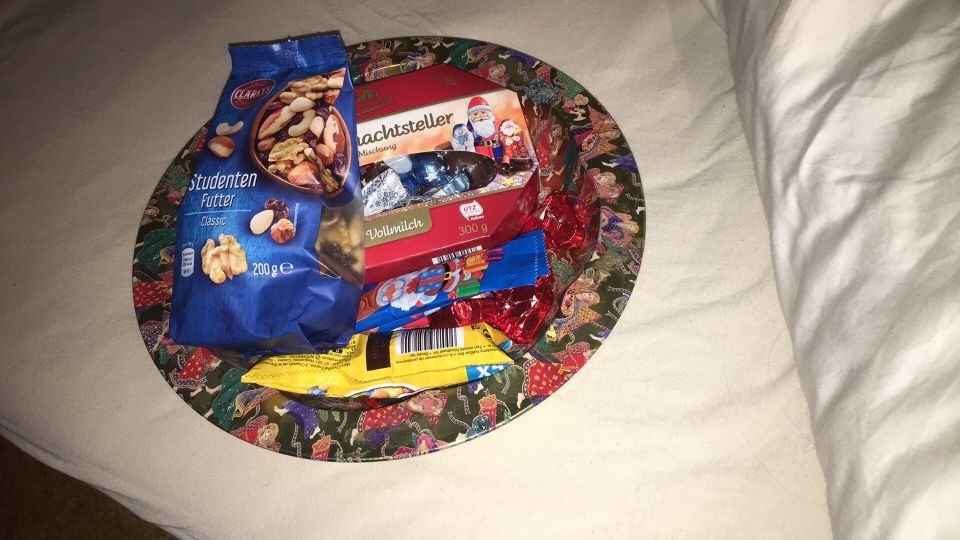
At the time of the Reformation in the 16th century, Martin Luther criticized dedicating the 6th of December to Saint Nicholas, as he viewed the worship of saints as near-deities as contrary to the teachings of the Bible. So he came up with das Christkind, who would replace Nikolaus in non-Catholic parishes. Because das Christkind was inspired by the birth of Christ, his day of celebration was moved from the 6th of December to the 24th.
So if it wasn’t enough to have two people sneak into your house to bring you presents, German children also get to look forward to a visit from der Weihnachtsmann (directly translated to English as “the Christmas Man”) on December 24th. Der Weihnachtsmann is pretty much just American Santa Clause with a German name. There’s a popular kid’s series in Germany about him called ‘Weihnachtsmann & Co. KG’, which I found out about one day when I was at a friend’s house to bake Christmas cookies. His younger sister came running into the room to ask me if I wanted to watch a cartoon with them, and the next thing I knew, I was sitting in front of the TV with a bunch of 8th and 11th graders all happily singing along to the theme song of the show. At that point, my friend’s mom came into the room and said with a sigh and a roll of her eyes that she’d thought her children were finally too old for Weihnachtsmann & Co.... to which her children replied, “Niemals! Never!”
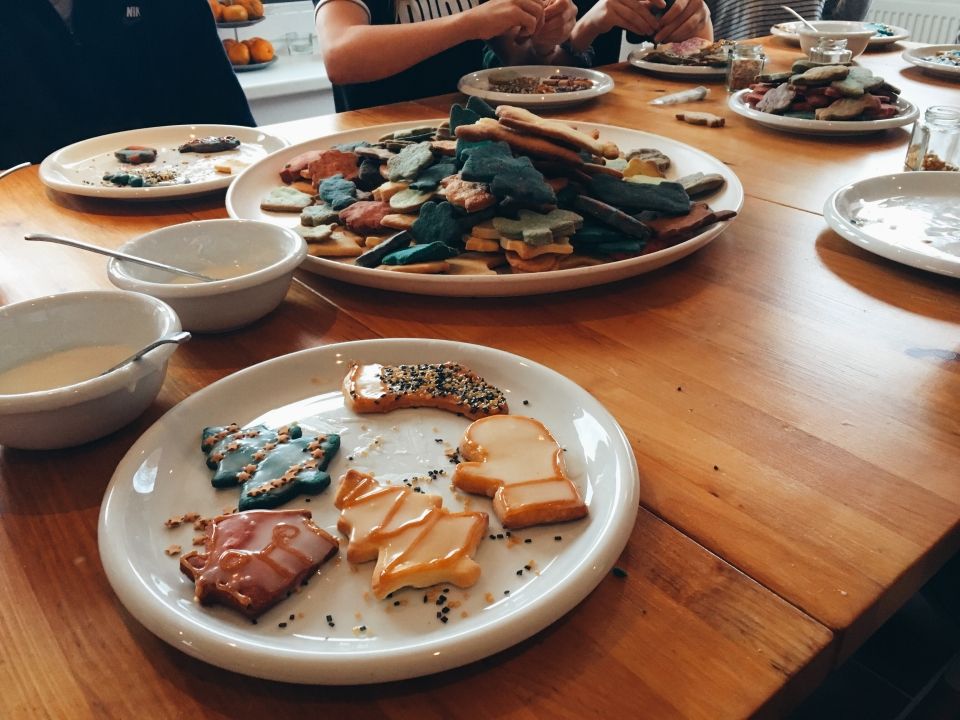
Christmas Eve is the main event in Germany. My host family’s friends and relatives came over for Kaffee und Kuchen, and then some of us went to the local church for the first Christmas Eve service of the evening. Yes, I said the first! It’s customary to go to one earlier in the evening and then another one at midnight, but we didn’t go back for that one. When we came home we had dinner and exchanged gifts. My gift to my host parents were two “magic potions” from the Mittelaltermarkt in Bremen and a watercolor painting I did of a winter landscape.
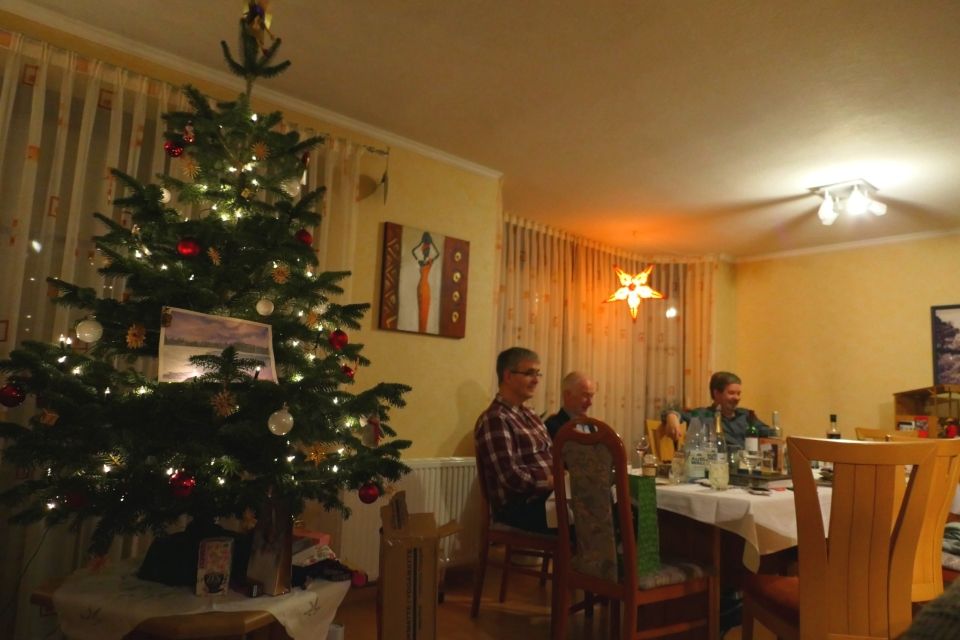
Christmas Eve was really, really great. I think by the time the last of the guests had left, it was already 3 AM, and we’d spent the whole time talking and laughing. My face hurt from smiling so much. Since it was already so late, I decided to stay up and Skype with my family back in America. This year they were spending Christmas in Illinois with our grandparents like we always used to do before we moved to Florida a few years ago, so I got to see everybody, and I felt like I was there. I really got the best of both worlds on Christmas.
Silvester (New Year’s Eve)
New Year’s Eve in Germany is celebrated pretty much like it is in America-- parties, drinking, fireworks, food, and a countdown to midnight. The funny name comes from Saint Sylvester whose feast day has happened to coincide with New Year’s Eve since the adoption of the Gregorian calendar.
One tradition Germans have that Americans do not is something called Dinner for One. It's a British black and white sketch from the sixties (performed entirely in English) about a rich old woman celebrating her 90th birthday. Her butler impersonates her dead friends who could not be in attendance due to their status of being dead, and the butler gets more and more drunk throughout the sketch, with the highlight being the multiple times he stumbles over the head of their stuffed tiger carpet. According to my host dad, the sketch aired on TV one New Year's Eve and people liked it so much that it was played the next year. And the next, and the next, and so on, until it became unthinkable not to watch Dinner for One on New Year's Eve.
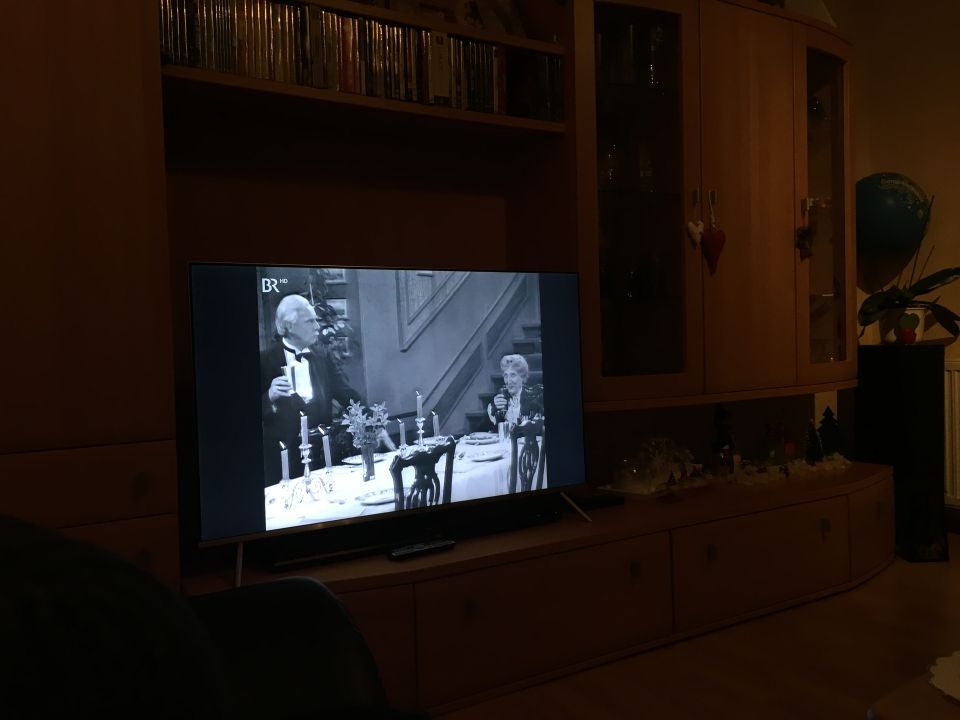
To celebrate the new year, I went with my host parents to their friends’ annual party held in the pub that their friends own. I was probably one of the youngest people there by about 30 years, but I still found plenty of people to talk to! At midnight we went outside and shot off fireworks. It was weird to think that I started off the year living in one country speaking one language and ended it in another country able to speak two.
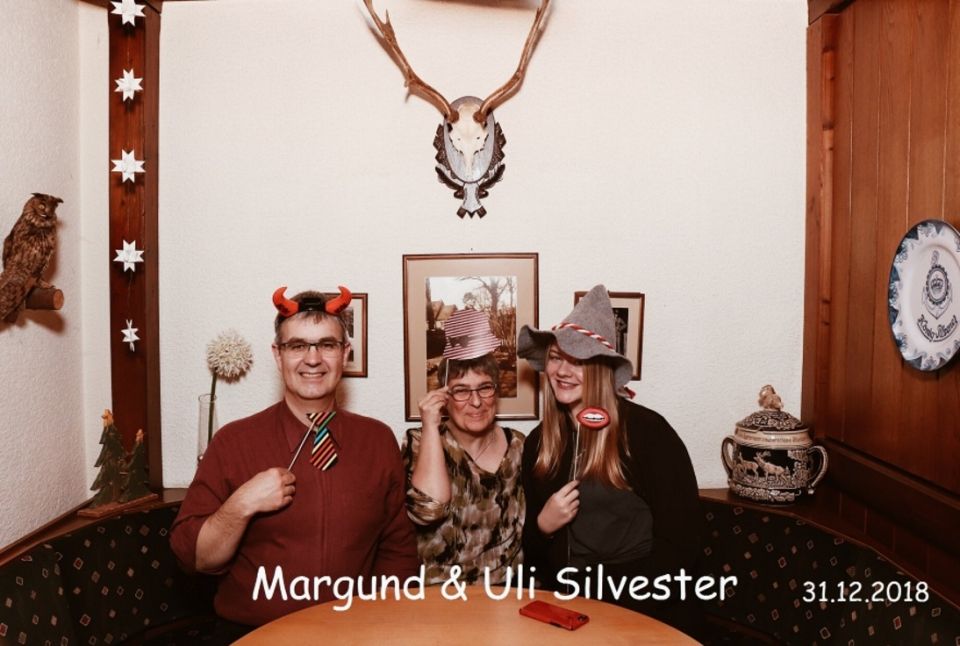
The next day, New Year’s Day, I did probably one of the craziest things I’ve ever done. I jumped in a lake in the middle of winter. No, I wasn’t pushed! And I technically didn’t even jump in, I had to walk in, which just makes the process even more uncomfortable than it should be if you ask me. My friend who I’d baked cookies with is a member of the DLRG, the German Life-Saving Association, and every year they organize a Neujahrsschwimmen (New Year’s Swim) in a lake called the Bullensee. So when he and his parents invited me to go swimming with them in January, I laughed at first, because I thought they were kidding. Well, they weren’t kidding. 93 people showed up to go swimming in water that was 6 degrees Celcius! But you know what, it’s a Yes Year, so I put on my swimsuit and did it.

It was actually… not too bad. 6 degrees Celcius is 42 degrees Fahrenheit, and it was probably like 40 degrees Fahrenheit outside, anyway. I was only in the water for about a minute or two at most, and I didn’t put my head under. When I got out I immediately changed into warm, dry clothes, and my host mom had a thermos of tea waiting. But there’s no way I’m going to tell any of you that, cause then I won’t look as cool.
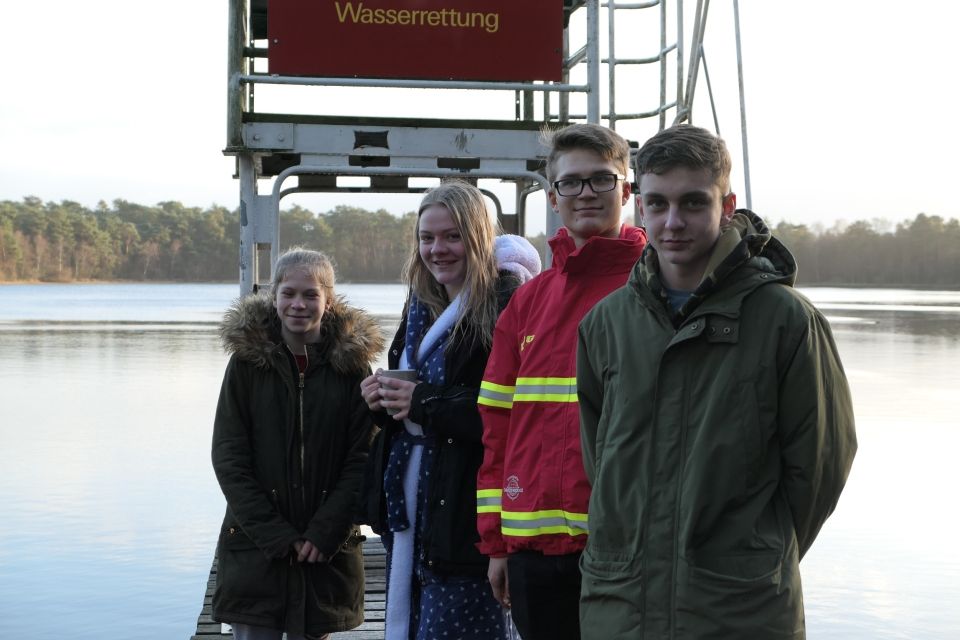
And that was the holidays in Germany! Das war es! Of all the places in the world you could spend Christmas, Germany is not a bad choice.
Congratulations if you made it all the way to the end of this post! Be ready for the next one coming out in a couple of weeks!
Bis zum nächsten Mal,
Marli
